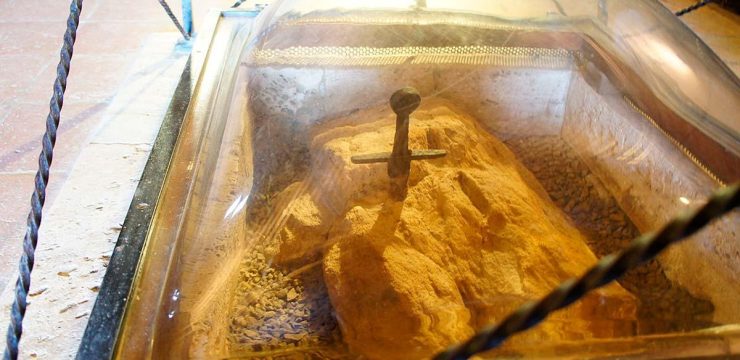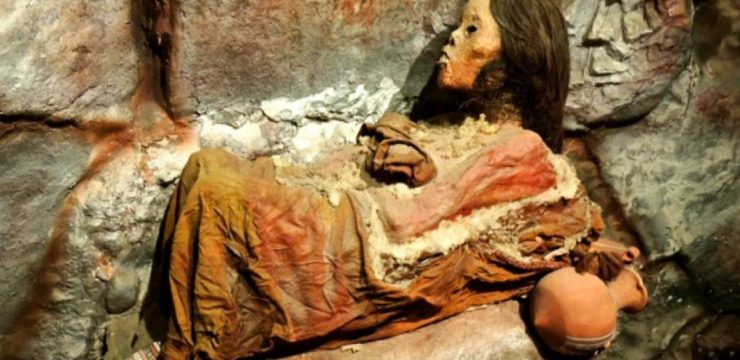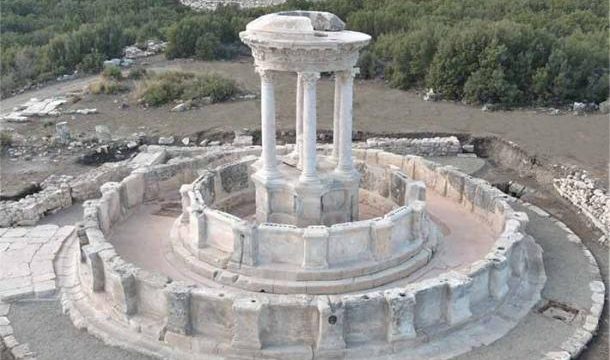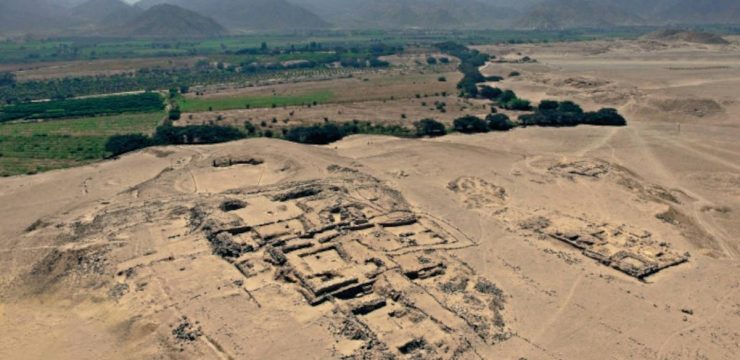The heart of ancient Egypt beats with the echoes of a civilization that left behind extraordinary testaments to its power, faith, and grandeur. Among these enduring relics is the stele of Amenhotep III, a striking artifact housed in the Egyptian Museum in Cairo. This stele, a symbol of both might and divine favor, offers a rare glimpse into the ideology of kingship during one of Egypt’s most prosperous eras. With its intricate carvings and commanding presence, it serves as a visual proclamation of Amenhotep III’s strength and legitimacy, immortalizing his image as a warrior-king under the protective embrace of the gods.
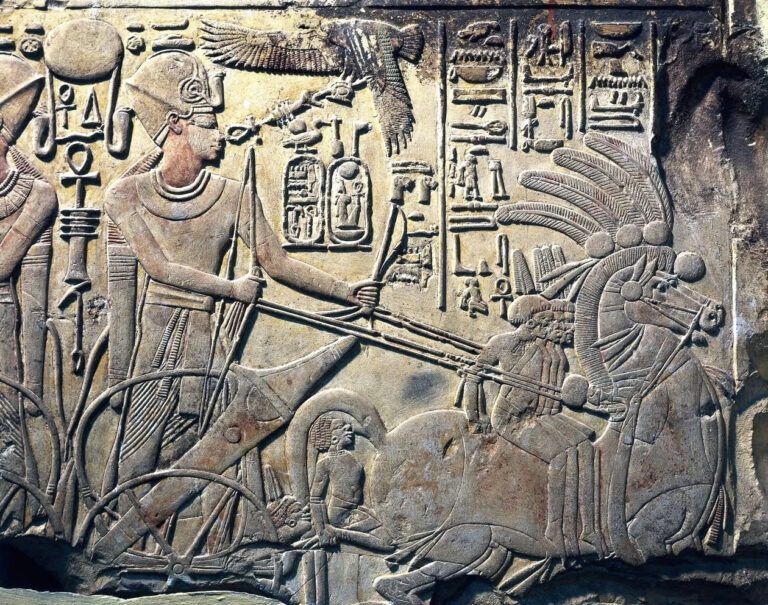
A Monument to Victory and Power
The reign of Amenhotep III (circa 1391-1353 BC) is often remembered for its wealth, architectural splendor, and diplomatic achievements. However, like many rulers before and after him, the pharaoh ensured that his image was associated with military dominance and divine approval. The stele was erected to commemorate his victories, presenting an awe-inspiring narrative of conquest. Though its inscriptions and imagery suggest a ruler engaged in relentless military campaigns, historical records depict Amenhotep III as a leader who preferred diplomacy over war. This contrast between historical reality and artistic representation raises compelling questions about the use of royal propaganda in ancient Egypt.
The art of stele-making was deeply rooted in Egyptian tradition, often serving religious, commemorative, or political purposes. In the case of Amenhotep III, the stele was designed to reinforce his role as Egypt’s protector, a king who stood unchallenged against foreign threats. Such monuments were not just records of past events but were also meant to shape the perceptions of both contemporary subjects and future generations. Through carefully crafted depictions, the king’s legacy was cemented, ensuring that he remained an invincible figure in the annals of history.
Vivid Scenes of Royal Might
One of the most captivating aspects of this stele is its intricate artwork, which brims with symbolism and royal iconography. The central image features Amenhotep III standing tall in his chariot, the embodiment of strength and divine favor. His posture exudes confidence, his expression one of unshakable authority. The goddess Nekhbet, whose wings stretch above him, signifies celestial protection. In her talons, she holds the ankh, a symbol of life, along with the was scepter, denoting power and dominion. This divine association reinforces the belief that Amenhotep III’s rule was sanctioned by the gods themselves.
The pharaoh’s warrior identity is further emphasized by his arsenal. A quiver filled with arrows is strapped across his back, while another rests securely within his chariot. These elements project an image of relentless preparedness, suggesting that Amenhotep III was always ready to defend his land and assert his dominance. Beneath the wheels of his chariot lie the bound bodies of his defeated enemies—prisoners from the southern regions, likely Nubians—who serve as a stark reminder of Egypt’s supremacy. Their twisted postures, detailed expressions of anguish, and tightly secured bindings leave no doubt as to the pharaoh’s absolute control.
While these depictions of conquest and subjugation were common in Egyptian art, they were not always literal accounts of events. Instead, they functioned as symbolic reaffirmations of the king’s power. The imagery was meant to intimidate adversaries and reassure the Egyptian people of their ruler’s invincibility. Whether Amenhotep III engaged in significant military campaigns or not, the message of the stele was clear—his authority was unchallenged, and his enemies, real or imagined, had been vanquished.
Propaganda or Historical Reality?
The portrayal of Amenhotep III as a warrior-king is particularly intriguing because his reign was marked more by diplomacy and grand construction projects than by military conquest. Unlike some of his predecessors, he expanded Egyptian influence through strategic marriages, alliances, and extensive trade networks rather than through the sword. This raises an essential question: were the scenes of battle on his stele based on actual events, or were they purely symbolic?
Egyptian art was not necessarily concerned with realism in the way modern historical records are. Instead, it aimed to project ideals and eternal truths about the nature of kingship. The depiction of a victorious pharaoh trampling his foes was a recurring theme in Egyptian monuments, regardless of whether the ruler had ever led an army into battle. The key purpose of such imagery was to reinforce the cosmic order, known as ma’at, where the king stood as the divine enforcer of balance and justice. By showcasing himself as a triumphant warrior, Amenhotep III perpetuated the notion that he was Egypt’s unwavering guardian, blessed by the gods to maintain stability.
From the Sands of Egypt to the Museum Halls
The journey of this remarkable stele from its original location to its present home in the Egyptian Museum is a fascinating tale in itself. It was discovered at Kom el-Hettân, an archaeological site that was once the location of Amenhotep III’s mortuary temple. This site, one of the most significant in Egypt, has yielded countless treasures that shed light on the grandeur of his reign. British archaeologist Flinders Petrie, known for his meticulous excavation methods, played a crucial role in uncovering this stele and ensuring its preservation.
Today, cataloged as JE 31409, the stele resides in the Egyptian Museum in Cairo, where it continues to captivate scholars, historians, and visitors alike. Its presence in the museum allows for ongoing study and appreciation, offering insight into the artistic, political, and religious dimensions of Amenhotep III’s time. The preservation of such artifacts is crucial in understanding the complexities of ancient Egyptian civilization, particularly the ways in which rulers crafted their legacies through monumental art.
A Lasting Legacy
More than three millennia after its creation, the stele of Amenhotep III remains a powerful emblem of ancient Egyptian kingship. It embodies the fusion of art, religion, and politics that defined pharaonic rule. Whether viewed as a literal record of events or a carefully constructed piece of royal propaganda, it serves its purpose: to immortalize the image of Amenhotep III as a ruler of unparalleled might.
For modern historians, this artifact provides an invaluable window into the mindset of ancient Egyptian royalty, illustrating how they sought to shape their own narratives for both their subjects and posterity. Its intricate carvings, rich symbolism, and carefully curated imagery remind us that history is not just a collection of facts but a tapestry woven with power, belief, and ambition. As visitors stand before this stele in the halls of the Egyptian Museum, they are not just observing a piece of stone—they are witnessing a legacy that has transcended time, a story carved into eternity.

